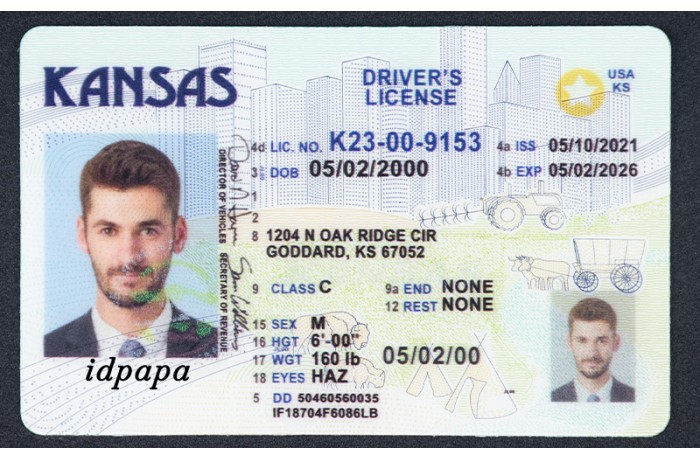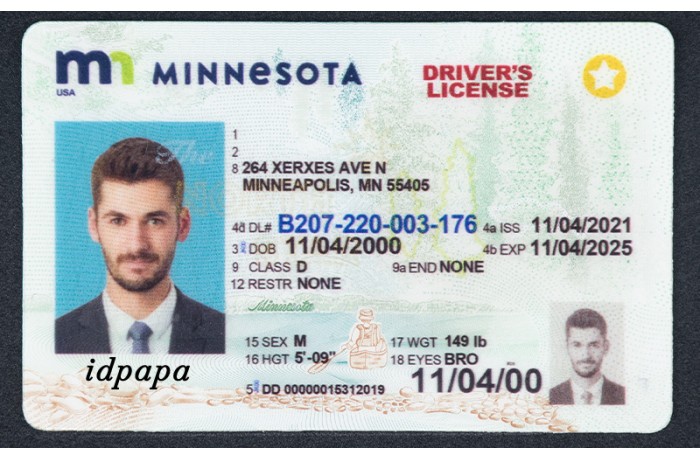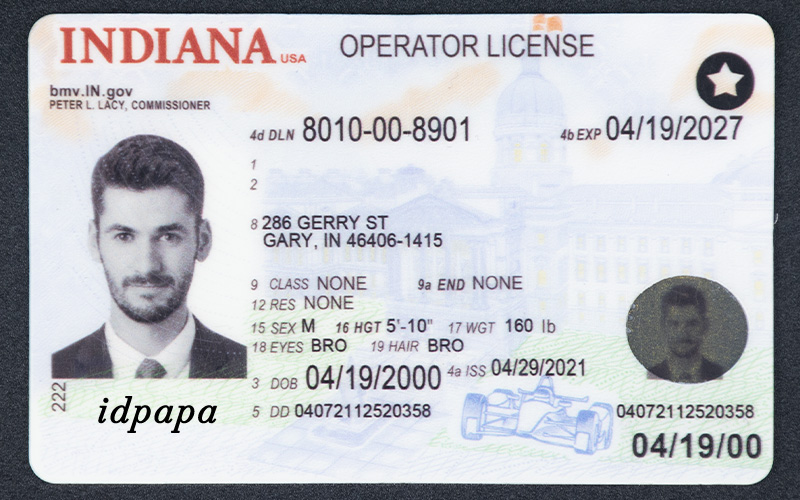From Party Prop to Pop Culture Icon: The Rise of Novelty IDs
From Party Prop to Pop Culture Icon: The Rise of Novelty IDs

What started as a simple party gag has officially graduated to cult status. Novelty IDs, once tucked into costume pockets or handed out at bachelor parties, are now everywhere—from TikTok skits and influencer merch to office desks and dorm room walls.
But how did these fake, funny identity cards go from quirky prop to pop culture icon? The story is as bizarre and brilliant as the IDs themselves.
1. The Early Days: Gags, Games & Goofiness
Novelty IDs Blogs first emerged in the world of gag gifts. Think “Official Couch Potato License” or “Beer Inspector” badges sold at gas stations and mall kiosks. They were cheap laughs—props for pranksters and perfect stocking stuffers. These cards didn’t require deep thought or backstory. They were quick hits of humor, something you might find in a party store or impulse-buy rack next to rubber chickens and whoopee cushions. Their charm was in their simplicity: a goofy title, a fake seal of approval, and a punchline printed in plastic.
Back then, they lived on fridge doors and cluttered desks. People would stick them on cubicle walls or show them off during a lunch break. They became quirky tokens of personality, conversation starters before icebreakers were a thing. Even though they were often overlooked as novelty junk, they quietly sparked joy by offering something unexpected. You didn’t need a special event or a theme to enjoy them; they were just fun to have around, especially when you needed a laugh or an excuse to not take life so seriously.
But even then, something deeper was happening: people loved the idea of being someone else, even if only for a moment. Those silly cards gave us the freedom to pretend, play, and perform without consequence. They hinted at something timeless—our universal desire to escape the ordinary and step into a world of playful imagination. Long before cosplay, alter ego skits, or themed parties became social trends, novelty IDs were already permitting people to say, “Just for today, I’m someone else. And it’s awesome.”

2. Enter the Internet: Meme Culture Meets Make-Believe
Social media changed the game. With the rise of TikTok, Instagram, and viral humor, novelty personas took on new life. What was once a physical card stuck on a fridge became a fully digital identity, ready to be shared, celebrated, and meme-ified. The internet gave these characters a platform, and suddenly, a joke that once lived in your wallet could live on everyone’s feed. Platforms like TikTok didn’t just encourage creativity—they demanded it—and novelty IDs delivered the perfect blend of silliness, individuality, and storytelling.
Creators began inventing fake characters—“Dungeon HR Managers,” “Emotional Support Wizards,” “Certified Vibe Curators”—and performing in full costume. Audiences didn’t just watch; they joined in. People stitched responses, created duets, and built entire narratives around these personas. It was improv theater meets meme culture. Whether it was someone acting out their duties as the “Minister of Midnight Snacks” or recording a skit in full wizard robes as the “Director of Glitter Containment,” the format exploded with collaborative energy. These weren’t just skits—they were shared universes.
Soon, entire communities were building alternate lives through novelty IDs and roleplay. TikTok comments became in-character exchanges, and Instagram captions took on the voice of fictional CEOs, time travelers, and snack analysts. Fake job titles became inside jokes. Instead of introducing themselves with real credentials, users leaned into their absurd alter egos. It wasn’t about who you were—it was about how creatively you could fake it. It was satire, identity play, and digital improv all rolled into one.
The ID card became proof of character. A visual, shareable punchline. And in an age where everyone’s curating a brand, this was a way to curate something hilariously unreal. It flipped the script on digital personas. Instead of polished perfection, it celebrated chaos, absurdity, and humor. It gave people the freedom to mock titles, question norms, and opt into a world where being the “Head of Nap Research” held more social value than being a CEO. It was ridiculous—but it resonated—and that’s exactly why it went viral.
3.  The Rise of the Alter Ego
The Rise of the Alter Ego
Why stop at being yourself when you can be Earth’s Last DJ or Time-Traveling Accountant? With novelty IDs, the limitations of reality fall away. People began using these identities to explore the sides of themselves that didn’t fit into traditional roles. Suddenly, you didn’t need a résumé to be the “Chief Vibe Curator” or a physics degree to be the “Gravity Consultant.” You just needed an idea—and a little bit of attitude. It was about letting your freak flag fly, stepping into a role that felt like satire, self-expression, and escapism all at once.
Novelty IDs became an outlet for expression and satire. In a hyper-serious world, people used them to escape, joke, and poke fun at authority, bureaucracy, and even professional titles. The absurdity became the point. What started as a silly trend quickly turned into a way to comment on the pressures of modern life—on how society demands polished LinkedIn bios, constant hustle, and curated success stories. With one laminated card, you could flip all of that on its head. You weren’t a Marketing Associate—you were the “Director of Post-It Surveillance.”
Soon, they weren’t just party props. They were art. Identity. Culture. Even protest. People wore them with pride at conventions, shared them on social media, and used them to challenge norms. The alter ego wasn’t just a joke anymore—it was a creative rebellion, a personal statement, and a reminder that in a world obsessed with seriousness, being silly is powerful. These IDs gave people the license to laugh at the system and reimagine themselves in roles no one else could assign—because they made it up themselves.
4.  Mainstream Merch & Modern Events
Mainstream Merch & Modern Events
Now, you’ll find novelty IDs in:
●Pop-up photo booths at weddings and tech conferences
●TikTok skits with millions of views
●Online stores selling custom ID kits for parties and gifts
●Office desks, where “Chief Procrastination Officer” is a real role (unofficially)
They’re used at themed parties, comedy shows, cosplay events—even as icebreakers for corporate workshops.
Strangely, novelty IDs Order has become today’s coat of arms. A way to say, “Here’s who I am… when no one’s watching.”

Final Thoughts: Not Just a Joke Anymore
The novelty ID started as a party joke, but it struck a cultural nerve. In a world full of labels, resumes, and responsibilities, it offers something rare: freedom to be ridiculous, creative, and fully unserious.
So, whether you’re “Minister of Snacks” or “Unqualified Life Coach,” wear your title proudly.
You’re not just holding a fake ID. Get your real ID from IDPapa.


